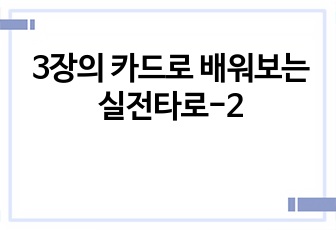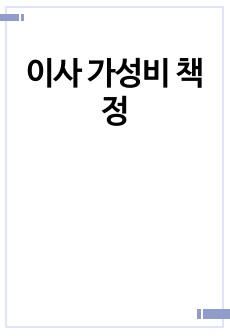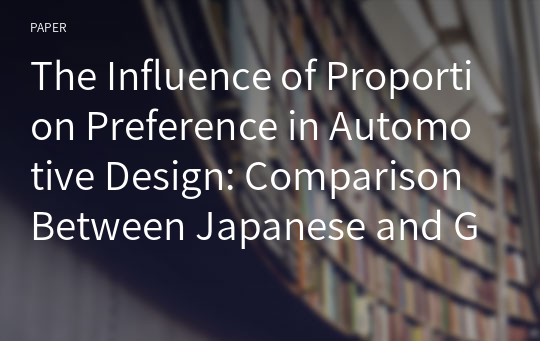The Influence of Proportion Preference in Automotive Design: Comparison Between Japanese and German Automobiles
* 본 문서는 배포용으로 복사 및 편집이 불가합니다.
서지정보
ㆍ발행기관 : 한국감성과학회
ㆍ수록지정보 : 감성과학 / 21권 / 1호
ㆍ저자명 : Joo Young Jung
ㆍ저자명 : Joo Young Jung
목차
Abstract1. Introduction
1.1. Proportion Analysis of Automobiles
1.2. Golden Ratio and Automotive Design
1.3. Preference Proportion–Golden Ratio
2. Method
2.1. Selection of Automotive Analysis
2.2. Procedure for Analysis
3. Result
3.1. Japanese Automotive Analysis
3.1.1. 1860–1940
3.1.2. 1950–1970
3.1.3. 1970 – Present
3.1.4. Japanese Automobile Proportion
3.2. Comparison of German Automobile
4. Conclusion and Discussion
REFERENCES
영어 초록
The purpose of this study is to reveal concrete evidence on how aesthetic preference is applied in product design by countries. Since the 19th century, the proportion has been examined various times, and the conclusions consistently showed the strong preference for the golden ratio (1:1.618). However, previous studies are mainly focused on western products that were designed by western designers, so when the same experiment conducted for the first time in Asia with the question of ‘Is the Asian subjects also likes the golden ratio?’, the result clearly revealed that Korean subjects have a significant preference for the root ratio (1:1.414) and perfect square (1:1). It demonstrates that proportion preference might be different by countries, and it also influences on everyday products. Moreover, there is not enough evidence of Asian product proportions. For this reason, this study will strive to expand the knowledge on Asian aesthetic preference by focusing on Japanese automobiles that were designed and produced in Japan. 55 iconic Japanese automobiles were analyzed for proportion and compared with 50 iconic German automobiles. The result shows that Japanese automobiles have a shorter length of 7:10 (1:1.414) ratio than German automobiles with 13:23 (1:1.769) ratio. This result proves that there is the difference in preference for the proportion of Japan and Germany, and it has already influenced on automobile proportions. This result has a strong value that finding the most appropriate proportion of automotive design is a major issue in new product development, so this can be adapted to various fields of the design process where strong cultural value exists.참고 자료
없음"감성과학"의 다른 논문
 원단의 시각적 온도감10페이지
원단의 시각적 온도감10페이지 신경망을 이용한 다중 심리-생체 정보 기반의 부정 감성 분류10페이지
신경망을 이용한 다중 심리-생체 정보 기반의 부정 감성 분류10페이지 농특산물 직거래판매시설에 관한 현장중심의 참여디자인 효과: 참여자의 의식변화를 중심으로12페이지
농특산물 직거래판매시설에 관한 현장중심의 참여디자인 효과: 참여자의 의식변화를 중심으로12페이지 연두색 천연염색 견직물의 색채특성과 감성요인이 선호도에 미치는 영향: 쪽과 괴화의 복합염색을 중심으..12페이지
연두색 천연염색 견직물의 색채특성과 감성요인이 선호도에 미치는 영향: 쪽과 괴화의 복합염색을 중심으..12페이지 청소년 수면의 질은 또래 친밀감을 높이는가?14페이지
청소년 수면의 질은 또래 친밀감을 높이는가?14페이지 공간의 깊이감 지각과정에 나타난 시각정보획득 특성14페이지
공간의 깊이감 지각과정에 나타난 시각정보획득 특성14페이지 주변에서 찾은 우리 색동의 기원과 감성에 대한 고찰16페이지
주변에서 찾은 우리 색동의 기원과 감성에 대한 고찰16페이지 명상호흡 모니터링용 스마트의류를 위한 호흡수 측정 직물센서 연구8페이지
명상호흡 모니터링용 스마트의류를 위한 호흡수 측정 직물센서 연구8페이지 스트레스에 대한 심리 반응 유형과 심박변이도의 관련성12페이지
스트레스에 대한 심리 반응 유형과 심박변이도의 관련성12페이지 대화형 에이전트의 오류 상황에서 사회적 전략 적용: 사전 양해와 사과를 이용한 사례 연구12페이지
대화형 에이전트의 오류 상황에서 사회적 전략 적용: 사전 양해와 사과를 이용한 사례 연구12페이지


























